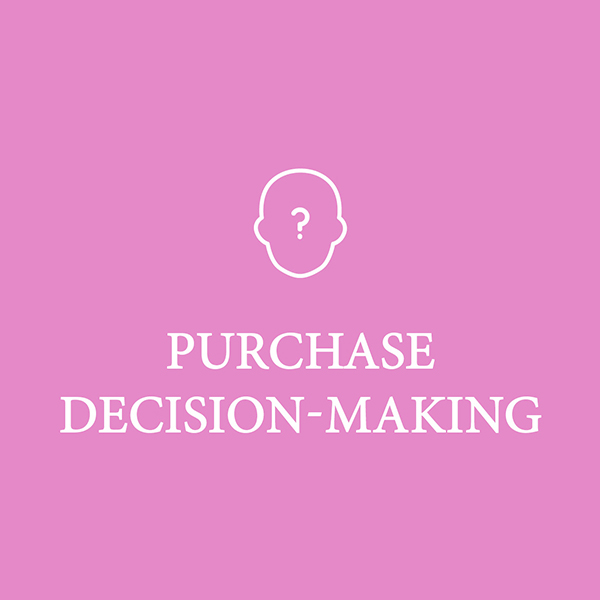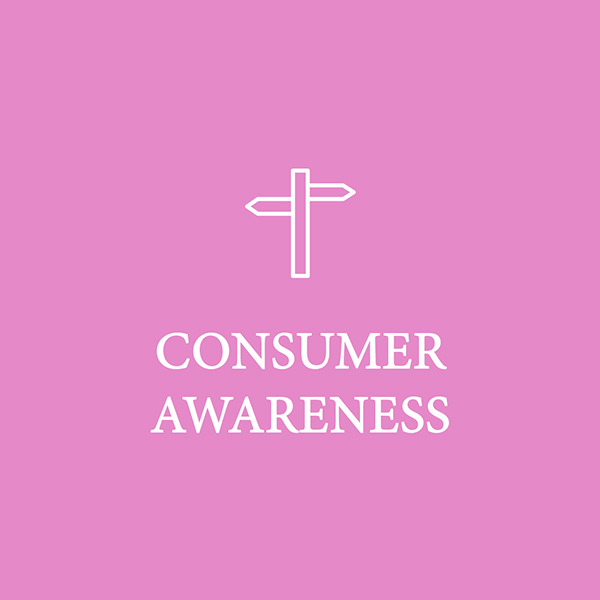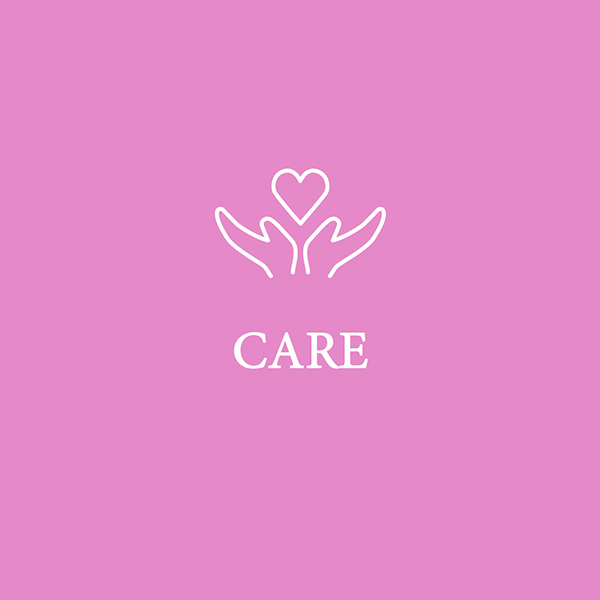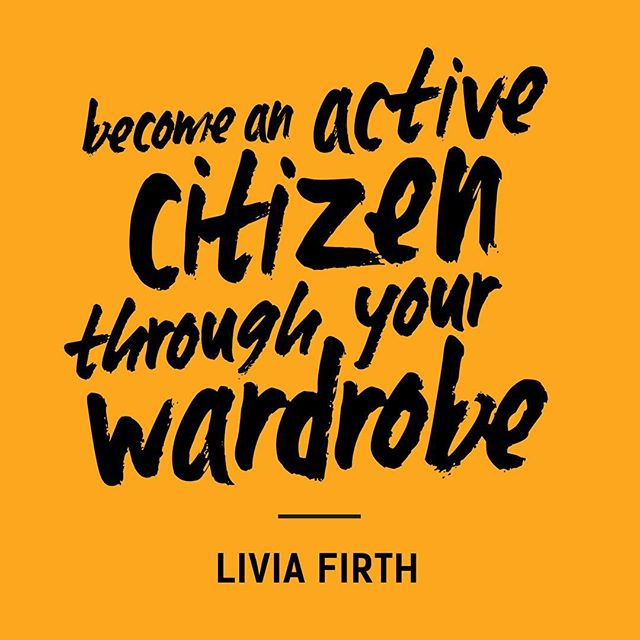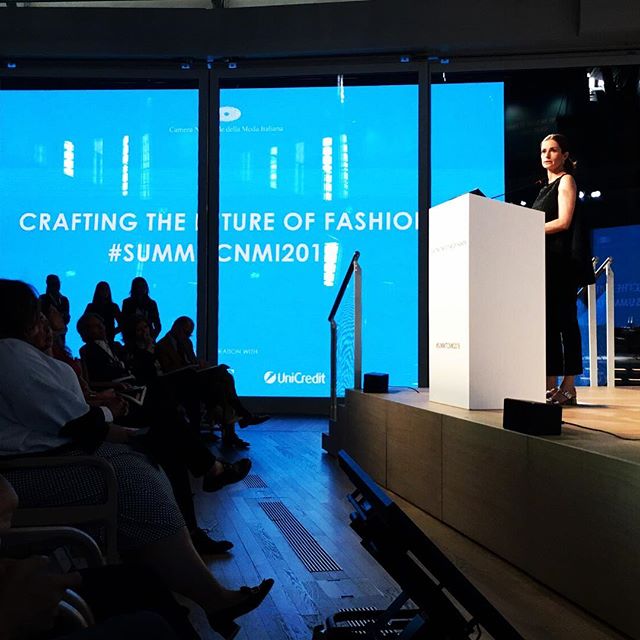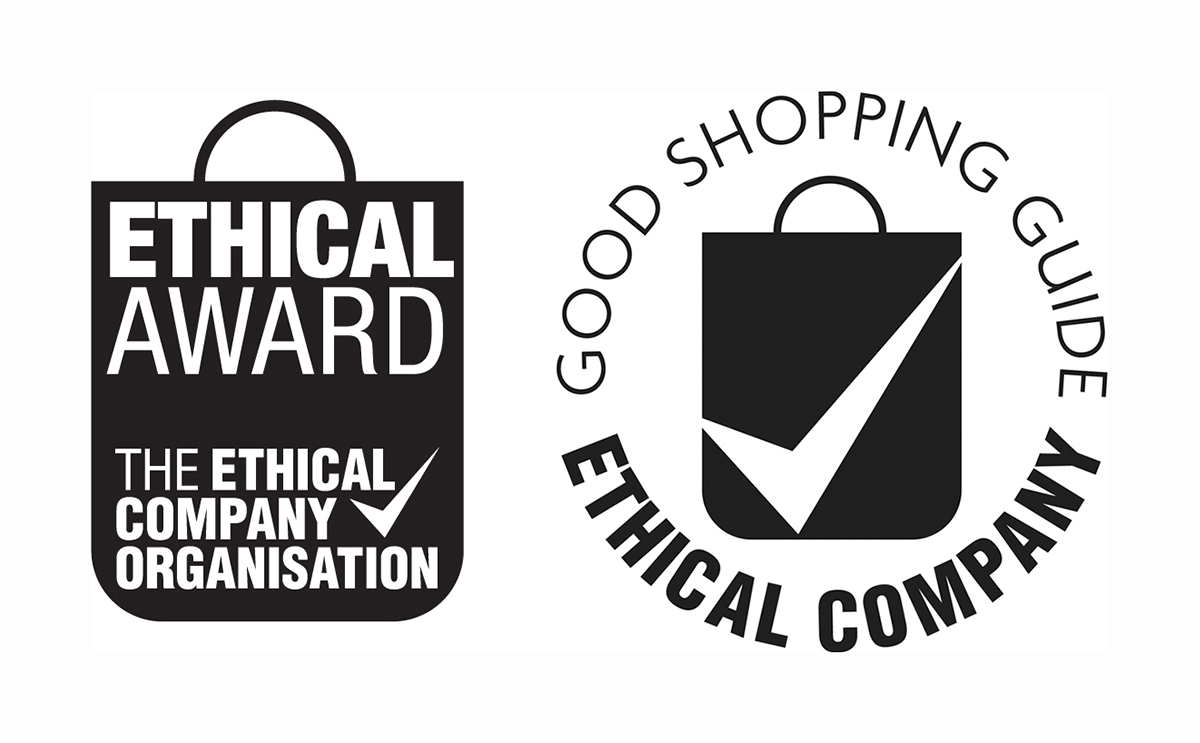Consumption

The “consumption” stage of the lifecycle is the period of a shoe’s life between purchase and disposal. There are a few areas along the way that could use some improvement. For example, consumers could think their purchasing decisions through more carefully, by considering whether or not this is the kind of business they want to support.
Purchase Decision-Making
We like to buy stuff. But we don’t actually need a large proportion of it.
If we take the UK as an example, 1.1 million tonnes of clothing was consumed in 2014 combined with 315,000 tonnes of shoes and bags [1] . But as it turns out, around 30% of the clothes in a wardrobe are typically unused for at least a year [2] - the proportion of how much of that is made up by footwear is currently unknown, but we can hazard a guess that a piles of unloved shoes exists across the country!
An explanation for why we like to buy is our attraction to low prices. Cheap fashion is linked to poor health and safety standards and the exploitation of workers. Jump over to our page on the manufacture of footwear to learn more of the details.
“For every pair of shoes she sews, she earns just 14 cents.” [3]
“The cost breakdown in Chart 3 clearly shows that just a little over 2% of the final price goes towards the wages of workers who are manufacturing the shoe.” [3]
Consumer Awareness
We aren’t aware of the problems that we’re contributing to by buying into fast fashion footwear. Being informed as to what’s going on is important in turning things around. Purchasing fast fashion shoes allows the unethical system of dangerous working conditions, wages far below the legal minimum, and the pollution of local resources to keep functioning.
Whilst the concept of voting with our money isn’t a new one, Livia Firth (Creative Director of Eco-Age and Executive Producer of The True Cost) summarises it best:
“We’ve been brainwashed to think that we have to consume at such a fast pace. But as consumers, we need to realise how powerful we are. Every time we buy something, we actually vote, and if the brand still wants a business that is profitable in 15 to 20 years, they have to address the environmental impact and the social injustice. Because it’s only going to get worse.”
So, which are the sustainable and ethical brands? The majority of footwear out there on the market is neither. But there are businesses that are aiming to turn this around. The 2014-2015 annual report from Fairtrade International suggests that the market for sustainable products is on the rise, with global Fairtrade sales increasing 10% since 2013 [4]. More relevant to the footwear industry, “2014 saw a 28% increase in volumes of retail sales of Fairtrade cotton” [4].
But where can consumers go to find these sustainable / ethical footwear brands? The answer is to get connected. The Good Shopping Guide is a comparison site with the aim of “promoting ethical shopping and ethical business in support of the development of a better world”. They even have a dedicated section for shoes and an app for on-the-go research. But don’t stop there – there are other examples to have a look at. Good On You provides detailed ratings for thousands of brands to make researching ethical brands easier.
We've put together a dedicated section for consumers, where other examples of ethical shopping apps and platforms can be found.
Care
Many consumers don’t invest much time, money or energy in taking care of their shoes. A market research report on ‘Footwear & Leather Goods Repair’ between 2016 - 2021 suggested that in Britain, the “industry has struggled over the past five years, owing to the growing tendency to replace an object rather than have it repaired” [5], showing a decline in industry revenue during this period. [5]
Using Clarks shoe care tips as a starting point, how many consumers do you reckon are familiar with how to care for their shoes?
Storage: For shoes you wear less frequently, you can use a cedar shoetree to help absorb moisture and maintain their shape.
Frequency of use: Every so often, give your favorite pair of shoes the day off. This allows them to air out, which dries out the moisture so the leather lasts longer.
Maintenance: Different types of leather require different types of care. These PRODCOM estimates on leather and shoe polish sales do suggest that in recent years this awareness is on the rise.
It's also worth noting that when using shoe polishes, we're advised to apply it in a well-ventilated area with gloves on and to store it out of reach of our children and animals. This is because shoe polishes commonly contain harmful chemicals. For example, older formulas contained the toxic chemical nitrobenzene. But safe alternatives shoe polishes do exist! GlenKaren Premium Shoe Polish contains only all natural, non-toxic, pleasant smelling ingredients like orange oil, beeswax and ocher pigments. Or more simply, coconut oil does the trick.
Solutions
Provide links to resources on how to plan purchases better. Capsule wardrobe blogs are a recent trend e.g. un-fancy.com and Good On You. However, there are fewer mentions that go into footwear, which means that there’s a gap in the market to develop some sort of footwear purchasing guidance as an extension to this movement.
To increase consumer awareness, get vocal on social media by connecting with like-minded brands and campaigns. Search on Twitter and Instagram for #fashrev by Fashion Revolution to see an example. Or try educating your customers on the footwear industry by sharing our content, but add to it by getting personal and talking about your own brand transparency. Or try certifying your business ethics with one (or more) of these independent assessments and suggest yourself or other brands to add to our list.
Consumers not sure how to take care of their shoes? Then tell them how! The life of a shoe can be extended, so connect with or recommend local cobblers to your customers. Consider newer nationwide shoe repair and restoration businesses such as UK based ShoeSpa and US based The Cobblers that offer extended services (compared with traditional cobblers), including convenient pick-ups.
References:
[1] (WRAP, 2016)
[2] (WRAP, 2011)
[3] (Labour Behind the Label, 2015)

